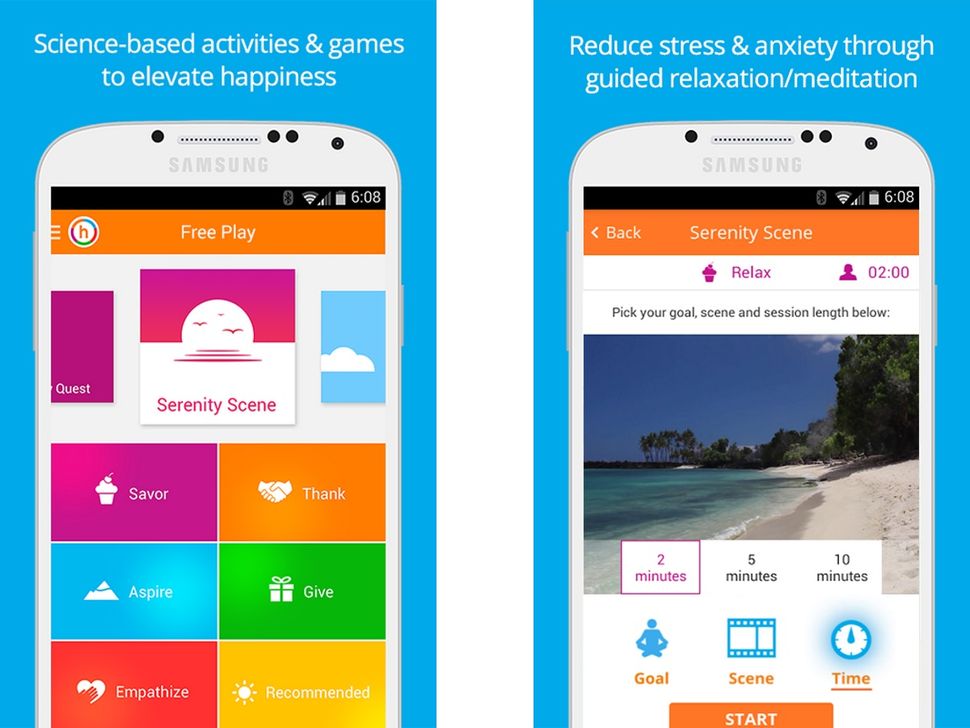AR City Guides: Live Tourist Trails introduces an innovative approach to exploring urban environments through augmented reality technology. As cities become increasingly complex and vibrant, these guides offer a unique way for travelers to immerse themselves in local culture while navigating through historical landmarks and hidden gems. This engaging blend of technology and tourism not only enhances the visitor experience but also provides real-time information and insights that traditional guides may overlook.
By harnessing the capabilities of AR, tourists can visualize historical events at specific sites, receive tailored recommendations based on their preferences, and interact with their surroundings in ways that were previously unimaginable. The convergence of technology and travel reshapes how we perceive and interact with the places we visit, making urban exploration more engaging and informative.
In recent years, the prevalence of digital technology has transformed nearly every aspect of human life, including how we communicate, work, and learn. Advances in information and communication technologies (ICT) have created a landscape where the integration of digital tools into daily practices is not only common but essential. This article aims to explore the multifaceted impacts of digital technology on society, focusing on communication, education, and the economy.
We will also delve into both the benefits and drawbacks of this digital shift, considering the implications for future developments.### The Evolution of CommunicationOne of the most significant transformations brought about by digital technology is the way we communicate. Traditional forms of communication, such as face-to-face interactions and written correspondence, have been supplemented—and in some cases replaced—by digital mediums. The advent of email, social media platforms, and instant messaging applications has made it possible for individuals to connect with others across great distances instantaneously.
#### Positive Impacts
1. Speed and Efficiency
Digital communication allows for rapid exchanges of information. Emails can be sent in seconds, and social media platforms enable real-time conversations. This speed has increased productivity in both personal and professional contexts.
2. Global Connectivity
The internet has bridged geographical barriers. People can easily collaborate with colleagues from other countries, share experiences with friends worldwide, and participate in global discussions on current events.
3. Diverse Forms of Expression

Digital platforms have democratized communication. Individuals can express themselves through blogs, videos, and social media posts, fostering a diversity of voices that may not have found a platform in traditional media.#### Negative Impacts
1. Superficial Interactions
While digital communication can enhance connectivity, it can also lead to more superficial relationships. The lack of face-to-face interaction may hinder the development of deep, meaningful connections.
2. Information Overload
The sheer volume of information available online can be overwhelming. Individuals may struggle to discern credible sources, leading to confusion and misinformation.
3. Privacy Concerns
With the rise of digital communication comes the challenge of protecting personal information. Cybersecurity threats and data breaches have become significant concerns, with many individuals unaware of how their data is being used and stored.### The Transformation of EducationDigital technology has also revolutionized the education sector. The traditional classroom setting has evolved to incorporate online learning platforms, educational apps, and digital resources that enhance the learning experience.#### Benefits
1. Accessibility
Online education has made learning more accessible to individuals who may have been unable to attend traditional institutions due to geographical, financial, or personal constraints. Students can now access a wealth of information and courses from anywhere in the world.
2. Personalized Learning
Digital tools enable personalized learning experiences tailored to individual student needs. Adaptive learning technologies can assess students’ strengths and weaknesses and adjust the curriculum accordingly.
3. Collaboration and Engagement
Digital platforms facilitate collaboration among students and educators. Tools like discussion boards, video conferencing, and collaborative documents enhance engagement and foster a sense of community among learners.#### Challenges
1. Equity Gaps
While digital education has expanded access, it has also exposed and sometimes widened existing equity gaps. Students from low-income families may lack access to necessary technology and reliable internet connections.
2. Screen Fatigue
Prolonged use of digital devices can lead to screen fatigue, affecting students’ attention spans and overall well-being. Balancing screen time with offline activities is crucial for maintaining a healthy lifestyle.
3. Quality of Education
The rapid shift to online learning during the COVID-19 pandemic raised concerns about the quality of education. Not all online courses are equally effective, and students may miss out on valuable in-person interactions and hands-on experiences.### Economic Implications of Digital TechnologyIn addition to communication and education, digital technology has had profound effects on the economy. The rise of e-commerce, digital marketing, and remote work has reshaped traditional business models and created new economic opportunities.#### Advantages
1. Increased Efficiency
Businesses can streamline operations through digital tools, automating tasks that were once manual and time-consuming. This efficiency can lead to cost savings and increased productivity.
2. Global Market Reach
Companies can reach a global audience through digital marketing and e-commerce platforms. This expansion opens new markets and customer bases, driving growth and innovation.
3. Remote Work Opportunities
The COVID-19 pandemic accelerated the adoption of remote work, allowing employees to work from anywhere. This flexibility can enhance work-life balance and reduce commuting-related stress.#### Disadvantages
1. Job Displacement
Automation and digital technologies have led to job displacement in certain sectors. Low-skilled jobs are particularly vulnerable, leading to a demand for retraining and reskilling initiatives.
2. Digital Divide
The shift to a digital economy has highlighted the digital divide, where individuals without access to technology or digital literacy are left behind. Bridging this divide is essential for ensuring inclusive economic growth.
3. Cybersecurity Threats
As businesses increasingly rely on digital technology, they become more vulnerable to cyberattacks. Protecting sensitive data and maintaining cybersecurity is a critical concern for organizations of all sizes.### ConclusionThe pervasive influence of digital technology on communication, education, and the economy is undeniable. While the benefits of this digital transformation are significant—enhancing connectivity, accessibility, and efficiency—it is essential to remain vigilant regarding the challenges it presents.
As society continues to navigate this digital landscape, addressing issues such as privacy, equity, and the quality of education will be paramount. Ultimately, the goal should be to harness the power of technology for the greater good, ensuring that its impacts are inclusive and beneficial for all members of society. In moving forward, stakeholders across all sectors must collaborate to develop strategies that mitigate the drawbacks of digital technology while amplifying its advantages.
Education and awareness will play a crucial role in this process, equipping individuals with the skills and knowledge necessary to thrive in an increasingly digital world. By embracing innovation responsibly, society can navigate the complexities of the digital age, fostering a future where technology enhances human connection, learning, and economic opportunity.











